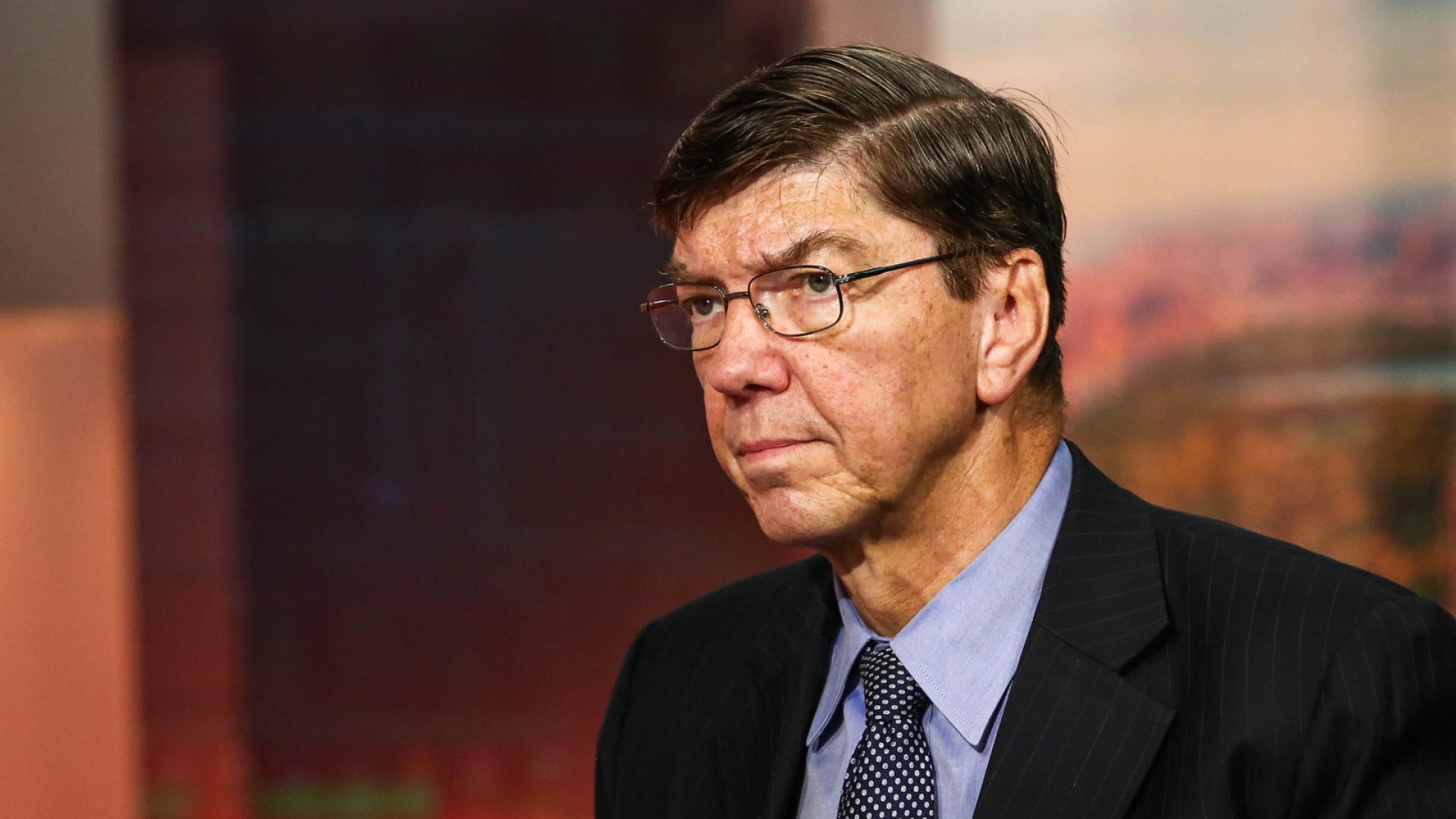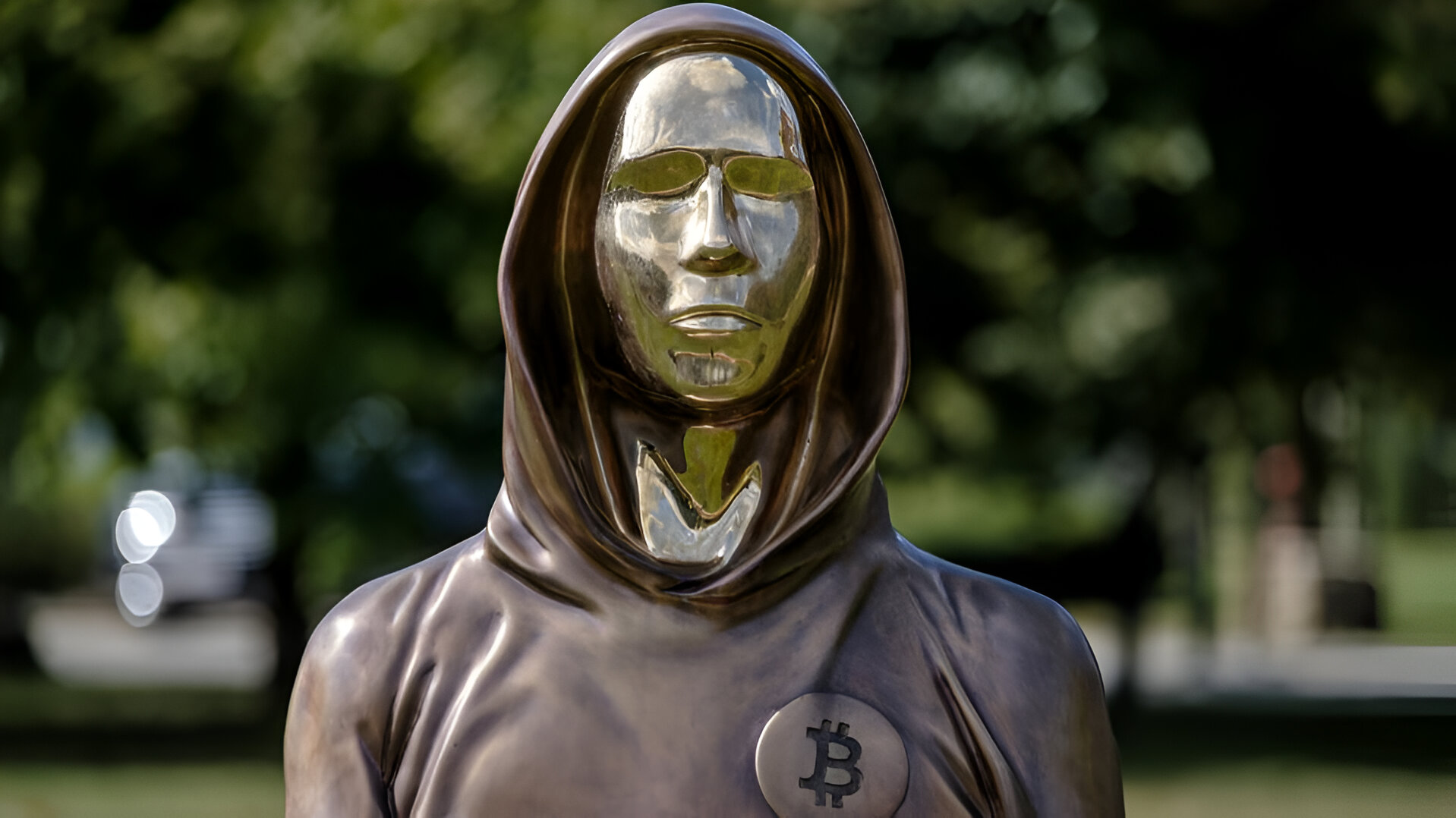Clayton Christensen, known for his groundbreaking work on disruption, has long been revered for his insights into how new entrants can disrupt established companies. His theory, as outlined in “The Innovator’s Dilemma,” suggests that companies often focus on improving products for their existing customers, leaving them vulnerable to new competitors who target underserved segments with cheaper, inferior products that eventually improve to meet the needs of most customers.
Key Takeaway
Recent examples in the tech and automotive industries raise questions about the traditional theory of disruption, prompting a reevaluation of the factors driving market upheaval.
Revisiting Christensen’s Theory
However, recent examples such as the iPhone, Tesla, Nvidia GPUs, and OpenAI’s GPT4 raise questions about the applicability of Christensen’s theory. These products, despite being initially more expensive or not cheap, have achieved remarkable success, challenging the notion that cheaper, inferior products are the primary drivers of disruption.
It’s worth considering whether the phenomenon of bottom-up cheaper products disrupting markets is limited to traditional, commoditized product categories. Even in these categories, the real disruption often begins at the high end, with products like run-flat tires and premium yoga pants costing more than the products they replace.
Rethinking Disruption
While Christensen’s theory of disruption has undoubtedly played out in many instances, there is a growing belief in a more nuanced model of disruption. This alternative perspective challenges the notion of “inferior disruption theory,” suggesting that there may be a more powerful and complex model at play.

























